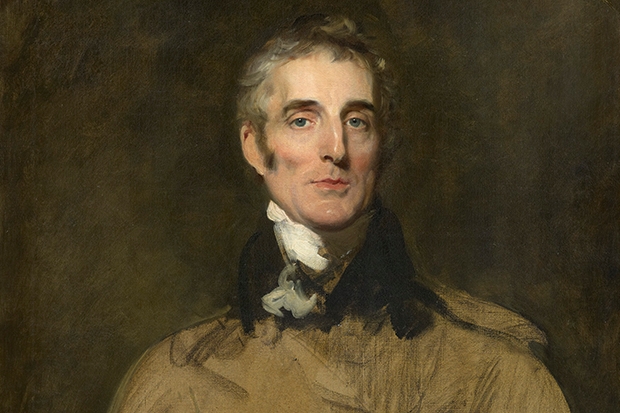The history of portraiture is festooned with images of sitters overwhelmed by dress, setting and the accoutrements of worldly success. Vanity, complacency and, frequently, insecurity have led men and women to commission or sit for likenesses in which an extra swag of braid, another row of pearls, flounce of silk or plume topples the finished image from celebration to indictment. In such portraits, the artist hardly needs to essay psychological insights: luscious visual bombast betrays the chasm between appearance and truth. In images as diverse as Van Eyck’s ‘Arnolfini Portrait’ of 1434, Antoine-François Callet’s 1775 coronation portrait of Louis XVI and Sargent’s ‘Mrs Carl Meyer and her Children’ of 1896, ostentation becomes the keynote that, unwittingly on the sitters’ part, leads to revelations.
There is a challenge here for the artist whose regard for his distinguished, high-ranking subject is sincere or, as in the case of artists tasked with painting the 1st Duke of Wellington, the focus of an exhibition at the National Portrait Gallery, whose subject inspired widespread admiration.

Get Britain's best politics newsletters
Register to get The Spectator's insight and opinion straight to your inbox. You can then read two free articles each week.
Already a subscriber? Log in






Comments
Join the debate for just $5 for 3 months
Be part of the conversation with other Spectator readers by getting your first three months for $5.
UNLOCK ACCESS Just $5 for 3 monthsAlready a subscriber? Log in